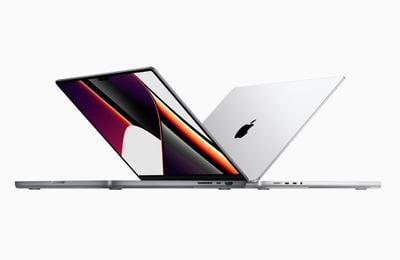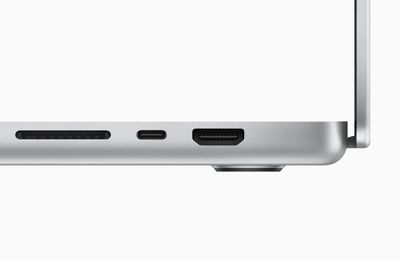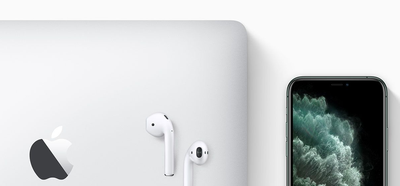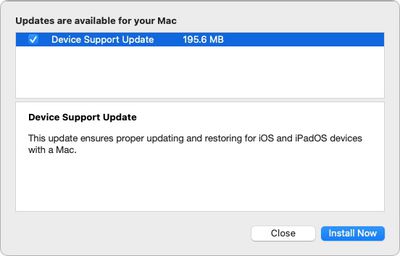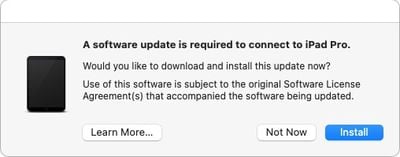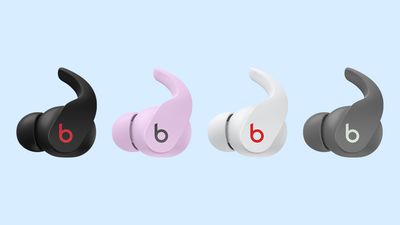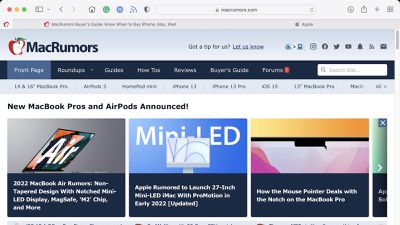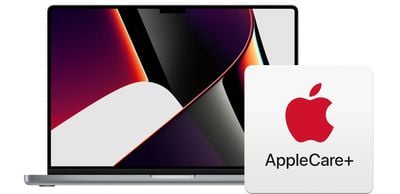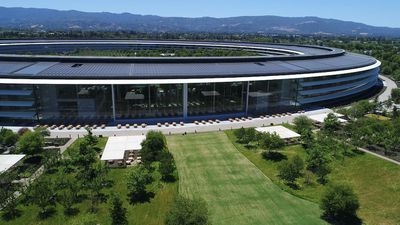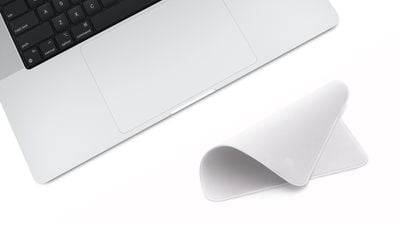After lowering its Play Store commission from 30 percent to 15 percent in March, Google today announced that it is making the same change to subscription fees, an update applicable to all app developers, reports The Verge.
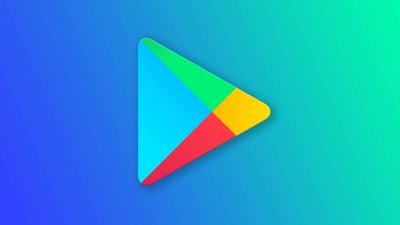
At the current time, Google's subscription policy works like Apple's. Google collects 30 percent from a subscription during the first year, and then drops that to 15 percent for each subsequent year if customers keep a continuous subscription going.
Google recognizes that many businesses are unable to benefit from the fee cut because of the continuous rule that it has, so Google is dropping all subscription fees to 15 percent "from day one," effectively removing prior year-long subscription requirement. The fee cut was also previously limited to the first $1 million in revenue.
Apple also offers reduced 15 percent subscription fees from day one, but that's limited to developers who are part of its App Store Small Business Program, which is available to those who earn up to but don’t exceed to $1 million in a calendar year. For other developers that are not part of that program, Apple takes a 30 percent cut until a subscriber has been subscribed to a service for 12 months.
All apps in the Google Play Store will pay 15 percent instead of 30 percent for all subscriptions, but Google also plans to lower the fee even further for some ebooks and on-demand streaming music service apps. Fees could be as low as 10 percent for apps that fall into these categories.
Google is making the change to subscription fees as it faces increased regulatory pressure much like Apple. It too is in the same legal battle over in-app purchases as Apple with Epic Games, and it is under the same scrutiny in the United States and other countries.


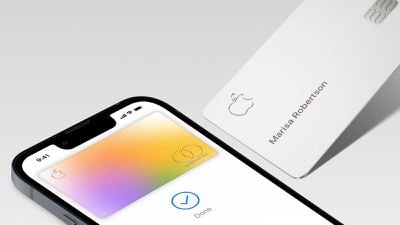
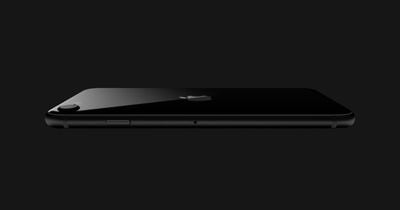
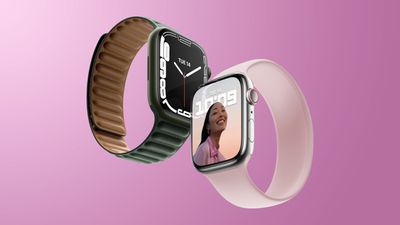 Note: MacRumors is an affiliate partner with some of these vendors. When you click a link and make a purchase, we may receive a small payment, which helps us keep the site running.
Note: MacRumors is an affiliate partner with some of these vendors. When you click a link and make a purchase, we may receive a small payment, which helps us keep the site running.